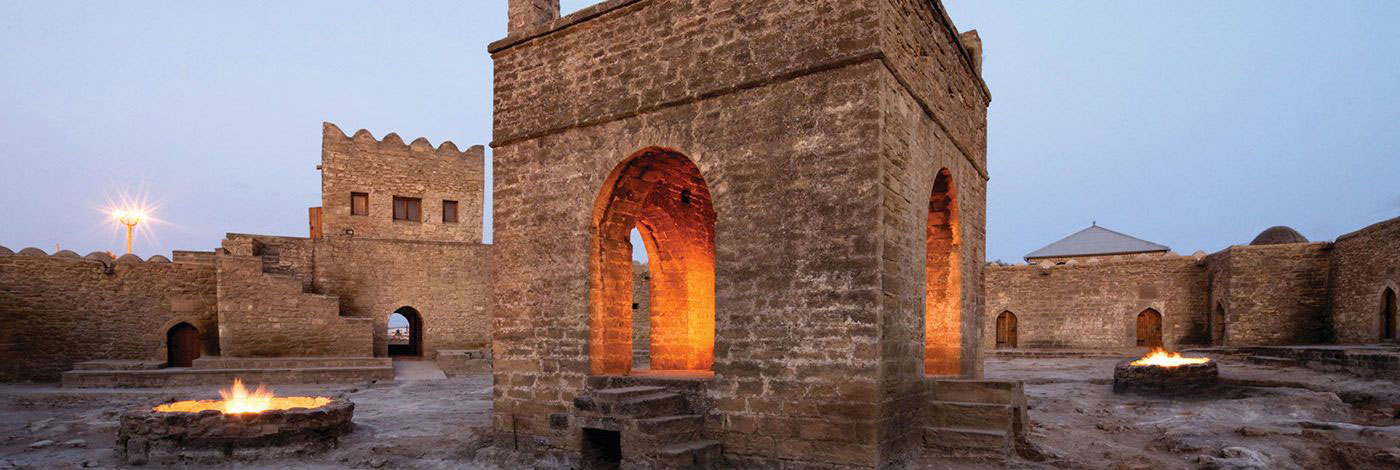
- June 28, 2022
- Категории Места для посещения
- Теги Baku Land of Fire Ateshgah Fire Temple UNESCO Heritages Azerbaijan
Ateshgah Fire Temple in Baku - TES Tour
One of the most interesting and peculiar historical monuments near Baku is the fire temple of Indian fire-worshippers, called Ateshgah. It is located on a flat area not far from the sea, to the south-east of the village of Surakhani on the Absheron Peninsula; it is currently surrounded by oil fields on all sides. The cells and the temple were constructed at different times between the 17th and 19th centuries.
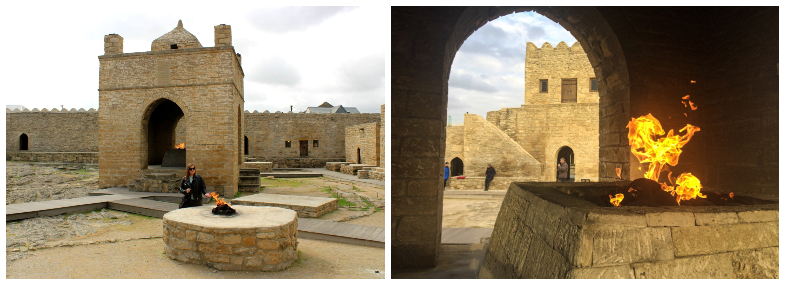
The cells were enclosed within a surrounding wall at the end of the 18th century. Ateshgah was constructed by Indians living in Baku, the majority of whom came from Northern India and were members of the Sikh community.
All the buildings, reminiscent of a caravanserai, are designed as a closed pentagon and consist of 24 cells and rooms, which used to accommodate visiting pilgrims. The entrance is two-storeyed; on the second floor is a room with two windows and a door between them in the northern and southern walls and a door in the short eastern and western walls. This place for visiting guests was called the “balahane”. There is a stone staircase from the balahane into the internal yard. On the outer wall of this room there is some Indian writing. There is more Indian writing on the ground floor above the entrance door. On the four corners of the flat roof of the balahane there are four stone pipes, where fire used to burn. Inside the yard, enclosed within a walled pentagon, is the temple-shrine in the form of a rotunda, in the middle of which there was a well, where the gas (methane) flamed; it also burned above the cupola at the four corners of the building. The shrine itself is a four-sided construction, open on all sides, which means it consists of four rectangular columns, joined by arches and topped by a cupola. The walls of the shrine are covered by finely-shaped medium-size limestone plates. On the northern wall of the shrine, facing the balahane, there is some Indian writing above the arch. The inner walls of the cells are roughcast and in most there are no pictures or adornments. On the four corners of the construction there are four square brick pipes, through which the gas burning inside the temple exited. In the dome above the centre, above the fire well, there was a small iron hook, to which, at one time, a copper bell was attached.
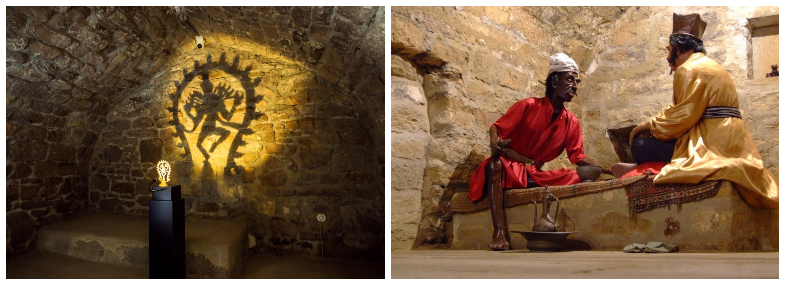
Across the whole roof, which forms a closed pentagon, there are holes above every cell to allow gas and smoke to exit. The ceiling of every cell has a small round vault. There are no windows in the cells, the entrance door is low and has an arrow-shaped arch. There are inscriptions engraved above the entrance of every cell. In almost every cell where the Indian fire-worshippers used to live, there are small rises on the side walls, like sleeping ledges. In cell no. 13 there are 4 stone rings on the yard side wall for tying horses; there are 6 similar rings inside the cell and near them, cut into the same wall, there are 7 stone cribs for feeding horses. In a square of five cells, on top of 4 arrow-shaped arches, there is a round cupola; there were shrines in these cells. In all, there are twenty inscriptions above the cells and one of them is in Persian. In cell no. 19, on the inner side of the wall, there are faint traces of plant motifs, done in red paint; there are also traces of a picture in green paint. On the roughcast of the other wall of the same cell, one can see a rough picture in red paint. The picture depicts a goddess with six raised hands. There are traces of red paint in various places under the roughcast of cell number 10. Near the temple, to the north-east, there is a four-sided hole, which is now completely full of rocks, where the bodies of the dead were burnt on the sacred fire. There is another water-well to the south-east of the temple, which is also completely filled with rocks. On the upper side of the outer wall of the temple there is a parapet decorated with dentils - very characteristic of Indian architecture.
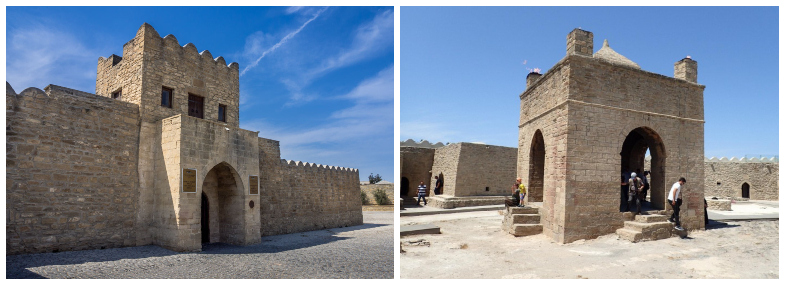
Ateshgah in Surakhani is composed of 1) a temple, 2) monastic cells for ascetic Indians and 3) places for visiting guests. The outer blank wall which unites all the cells and buildings of the Ateshgah gives it the appearance of an ancient Persian caravanserai. It seems that Ateshgah was constructed by local masters working to a plan from the Indians who commissioned this monument.
The history of Atashgah goes back to the time of the Sassanids, when Zoroastrianism was the main religion in this region. But in 643 there was a crisis – the army of the Arab caliphate invaded the Caucasus, bringing Islam with it. The fire temples went into decline. Some of the fire-worshippers did not accept Islam and were eventually forced to return to India, where the history of the fire religion continued. A part of the population of the Caucasus remained fire worshippers after the introduction of Islam. Al-Istahri (10th century) wrote that fire-worshippers lived not far from Baku (on the Absheron Peninsula). This is backed up by Moisey (Moses) Kalankatuysky who mentioned the province of Bagavan – “Land of Gods” (i.e. fire worshippers), as well as by archaeological evidence.
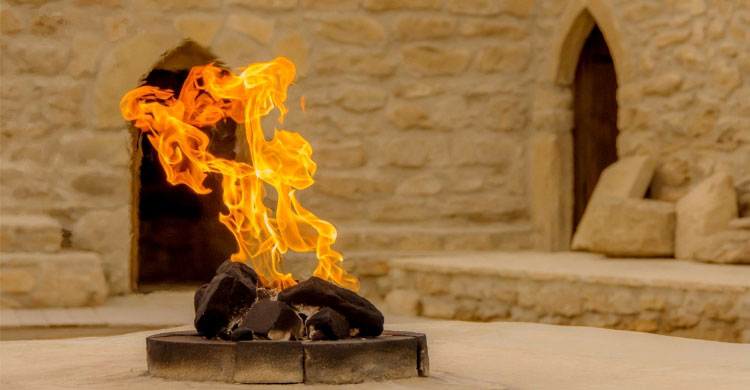
The temple was declared a state historical-architectural reserve by decree of the President of Azerbaijan dated December 19, 2007. Ateshgah fire temple was inscribed on the UNESCO World Heritage Tentative List in Need of Urgent Safeguarding on September 30, 1998 and was granted “enhanced protection” status.
Reference: Presidential Library
www.unesco.preslib.az/en/page/FWtwSTvkXZ
Насколько полезен этот блог?
Средняя оценка 2.2 / 5. Количество голосов: 64
Спасибо за оценку этого блога!
прочитайте последние новости из нашего блога.
Yanar Dag Burning Mountain in Baku
Six Scenic Day Trips from Baku
7 Secrets of the Absheron


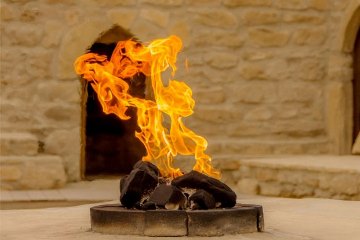
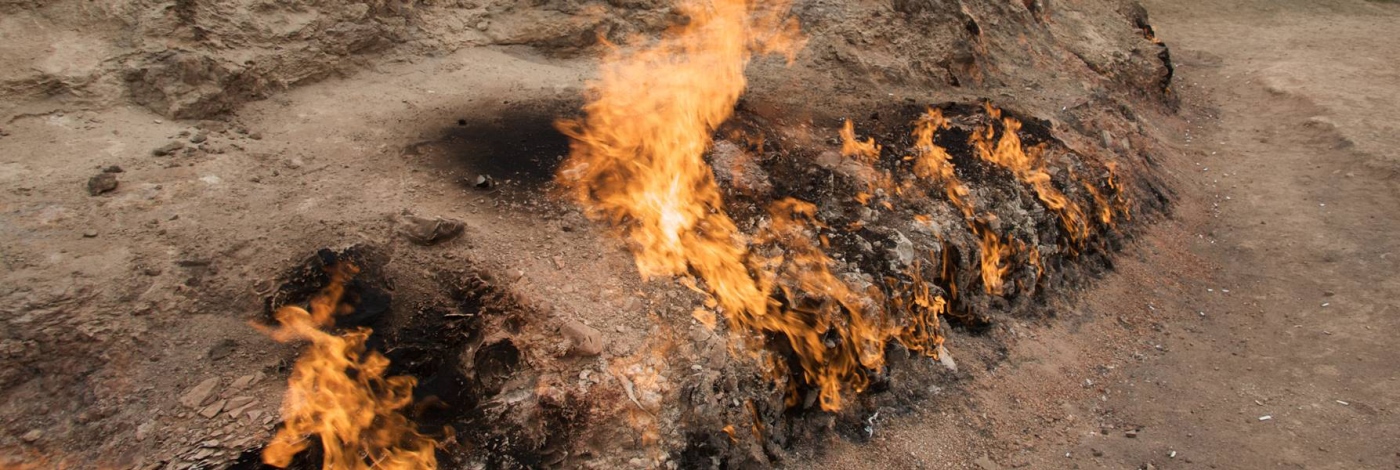
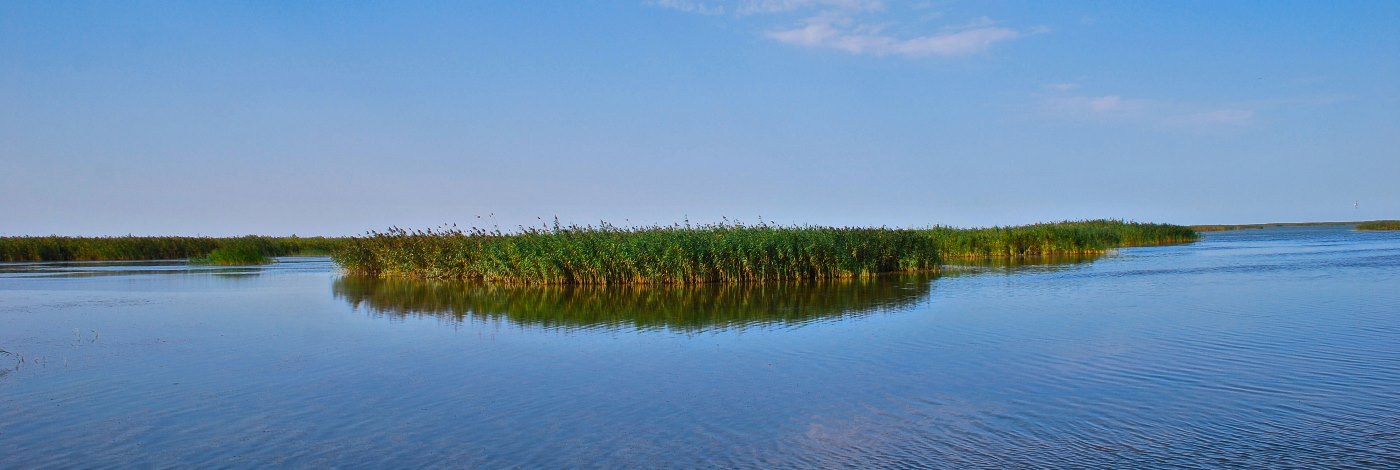
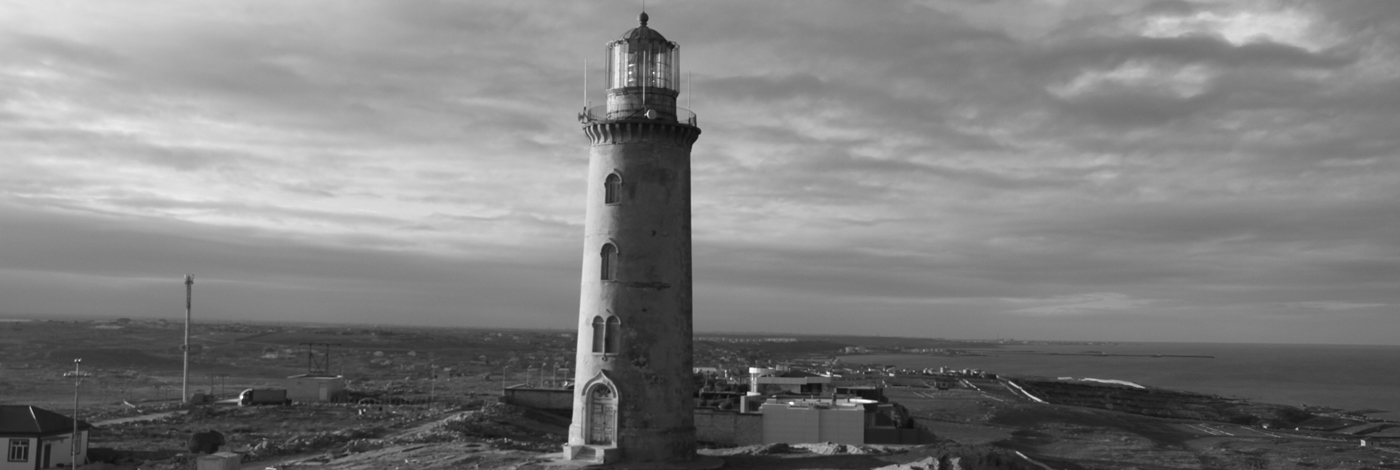
Оставить комментарий